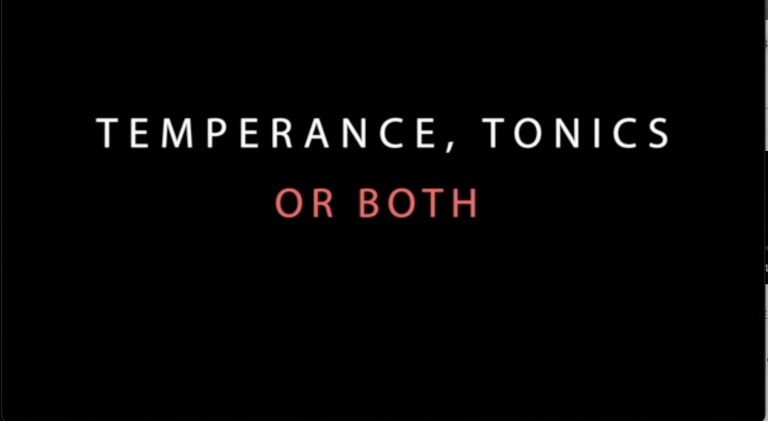First published: November 03, 2004
In their essay A New Canadian Party System, R. Kenneth Carty, William Cross, and Lisa Young tract the evolution of Canadian party politics and the emergence of fourth party system in Canada. After having reviewed changes in the four functions of Canadian parties, looking at representation, accommodation of societal interests, institutionalization of democratic practices, elections and governance, the authors conclude the Canadian party system is in transition once more.
They raise a significant doubt about whether the historic parties’ ability to sustain themselves during the current evolution, which is already playing out in the media over the past few months since the Liberals formed a minority government in the spring. By reviewing the five characteristics of the new system presented in the essay, there is an opportunity to make some interesting observations.
The authors were correct in identifying the impact of the two new parties. They argue the Alliance and Bloc would influence the other historic parties both internally and externally. However, the recent uniting of the Alliance and Progressive Conservatives, through the newly formed Conservative Party, presented some interesting challenges. While the authors emphasize the important role of the highly regionalized new parties, the new Conservative Party hopes to break free from some of the perceived restrictions of regionalization in an effort to form a government. Its goal is to broaden its voter-base into Ontario in the hopes this will lead to greater electoral success.
Concurrently, and in contract to the new Conservative Party’s efforts, regional cleavages are becoming deeper and more emphatic. Newfoundland Premier Danny Williams behaviour as he bolted from the first ministers meeting on equalization payments, and Alberta Premier Ralph Klein’s similar actions during the health summit, both point to growing regional fissures. Notably, one reason for this is the current minority government’s its inability to broker consensus, a necessary function for success. The minority government scenario is not considered by the authors and may be a factor is speeding up the evolution.
Another factor is the lack of strong personal leadership by the prime minister revealing another area unexplored by the authors. They acknowledge the role of internal changes within the parties, including democratization, but do not address the importance of strong personal leadership in brokerage politics. Without a clear vision, and the prime minister’s ability execute that vision, the various cleavages, and in particular the regional agendas, can easily diminish the governing party, as witnessed recently.
How then will the consolidation of right wing parties, who are partly rejecting existing cleavages, juxtaposed by deepening regional fissures, and combined with the diminished power of the governing party, including a weak leader, impact on the electorate?
The authors do address the importance of populist discontent and the democratization of the political parties; and they raise some doubt about the ability of the historic parties to survive the current evolution. The ability of provincial premiers to win voter support through their recent anti-federal stance indicates the remoteness of the current Liberal Party from voters, which is exacerbated by its lengthy clutch on governing. All this contributes to a very volatile environment. As the authors note, the impact of having a greater diversity in political actors is an element of the evolution; but it is not taking place on the federal level, but the provincial one, as exemplified by Williams, Klien and even Ontario Premier Dalton McGuinty. If the conditions continue, it would not be hard to envision the possible emergence of an Atlantic region party and the serious deterioration of the Liberal power base in Ontario.
But that may not happen, if one looks at the case made by James Bickerton, Alain-G. Gagnon, and Patrick J. Smith’s book Ties that Bind. They would argue these dramatic shifts in party support levels are exceptional and voter loyalty is stable, with only minor shifts between elections. They argue the need for close examination of voter behaviour is necessary in order to understand the ties that bind voters to Canadian political parties and how these ties are renewed or broken during electoral politics. Whether Carty and his colleagues have done this successfully will be tested during the next election.

